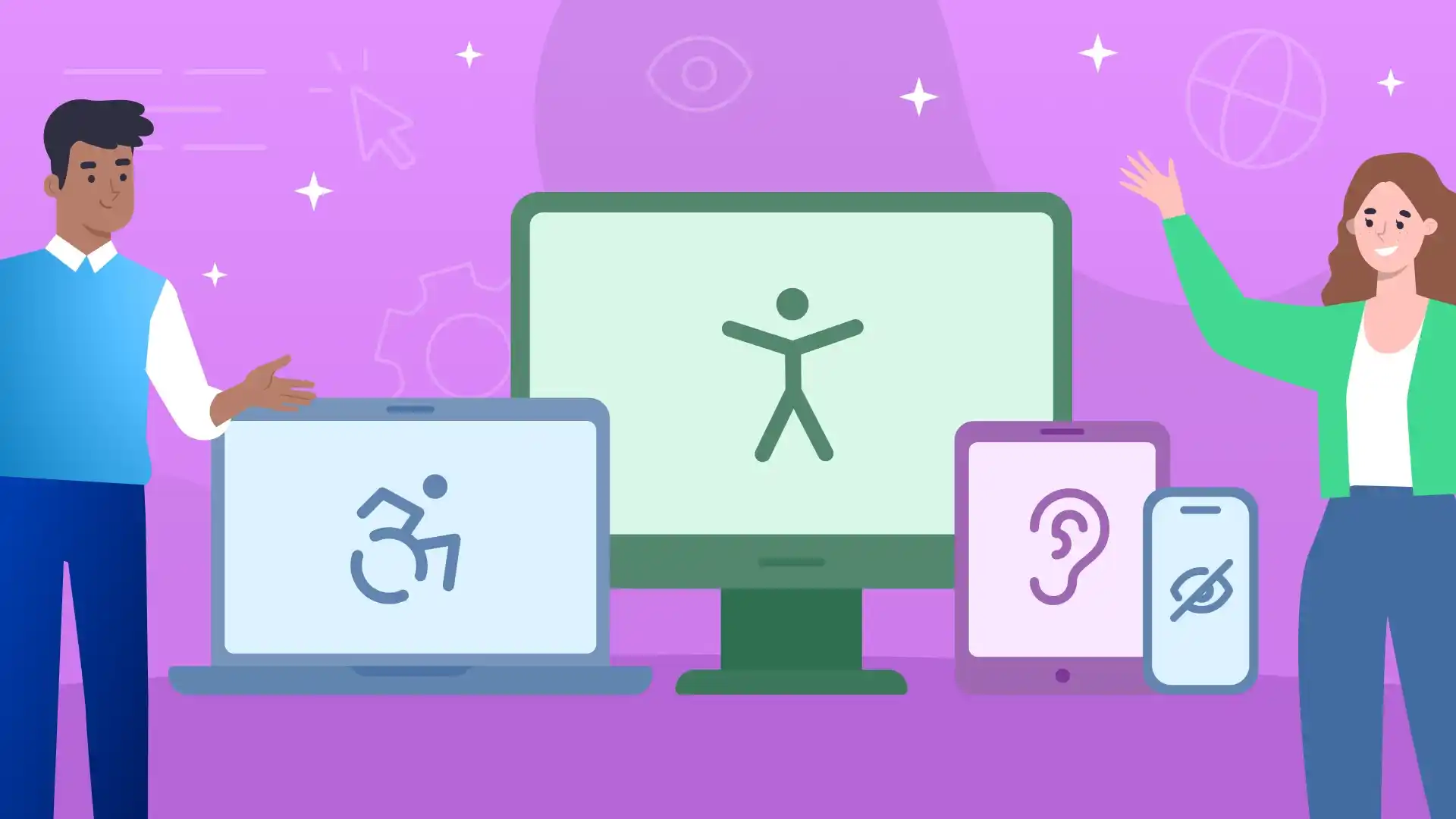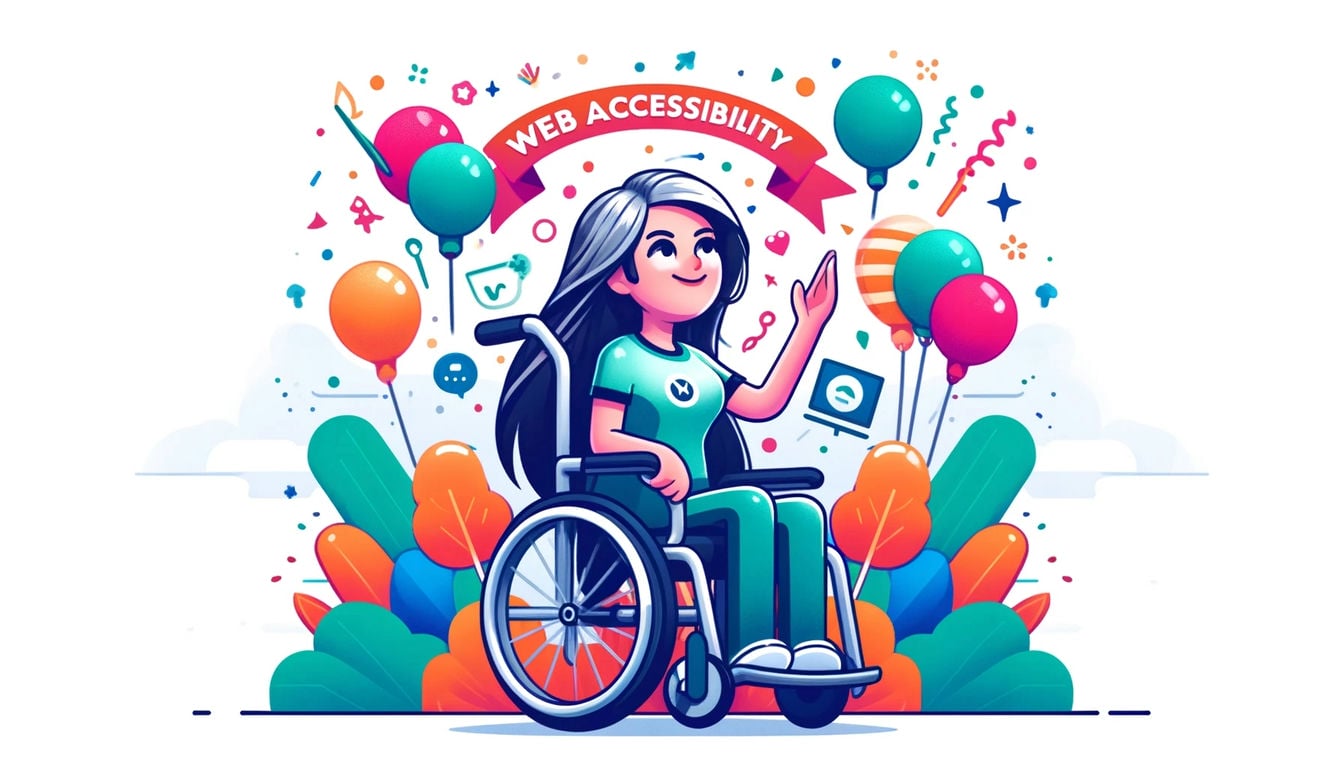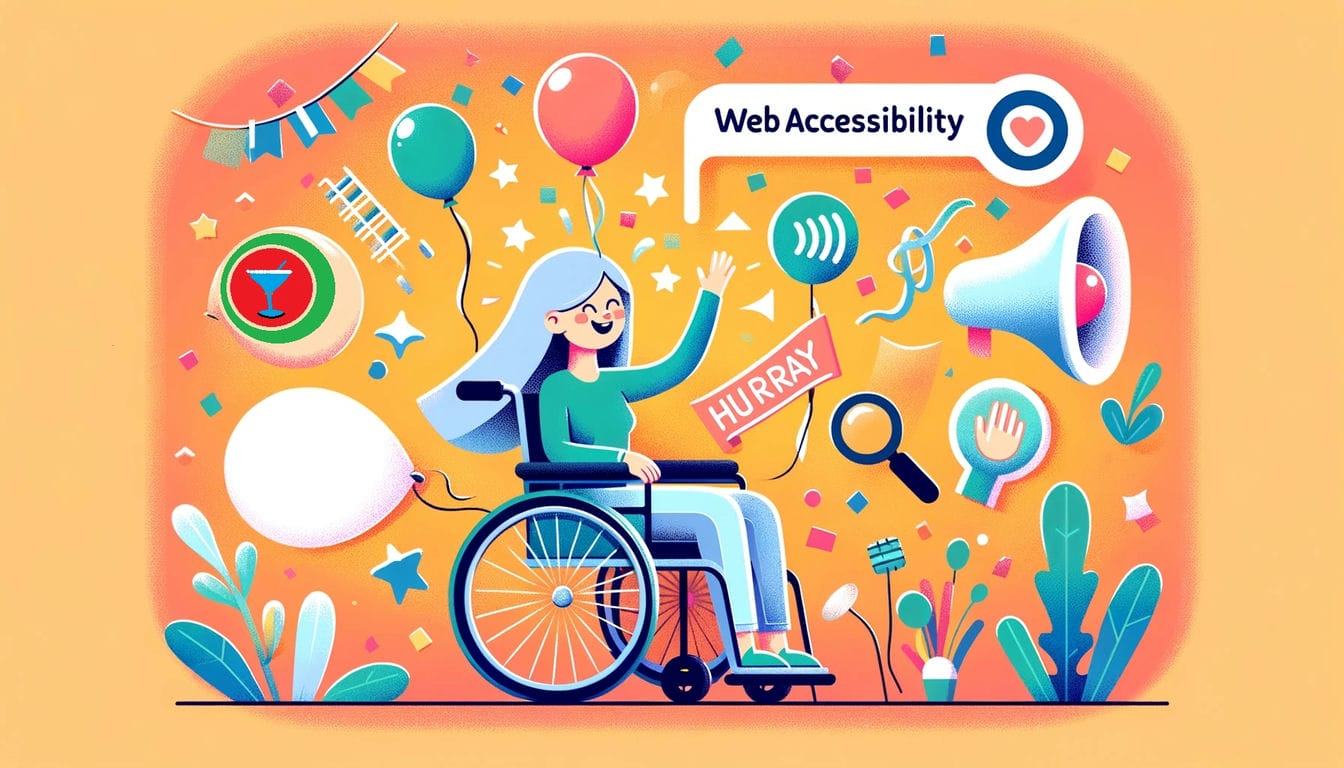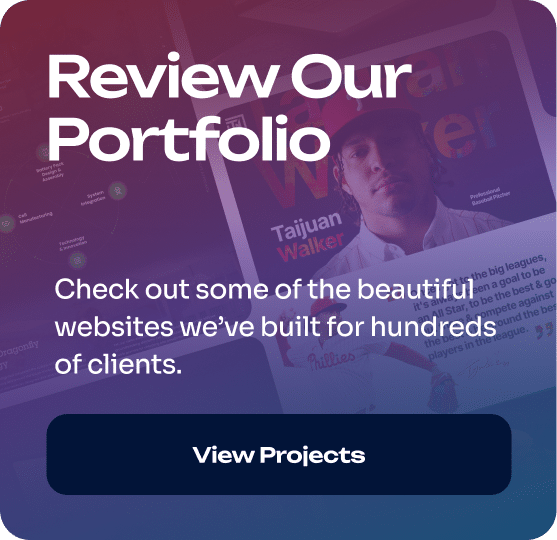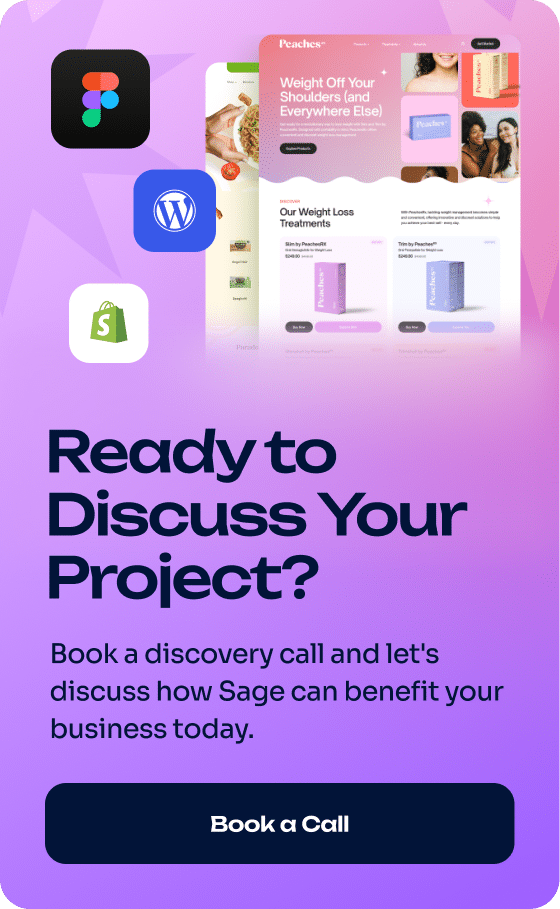Why Web Accessibility is Important When Building a Site
Last updated: December 25, 2025
Web accessibility prevents 27% of U.S. adults from being excluded from digital experiences. Making your site accessible is essential for reaching this significant audience and ensuring your business isn’t shutting out potential customers.
Why Is Web Accessibility Important?
Today, we rely on the internet for communication, information, services, and much more. However, did you know about 27% of adults in the U.S. still face accessibility barriers?[CDC], [WHO]
People with disabilities—such as visual impairments or hearing loss—struggle to use inaccessible websites. The experience is difficult and frustrating. These obstacles prevent full participation online.
Web accessibility is essential when building a site. It benefits every visitor.
ADA: The Americans with Disabilities Act (ADA) is a U.S. law that prohibits discrimination against people with disabilities and requires websites to be accessible to all users.
ADA Compliance Matters:
Guidelines for inclusive web design exist so that everyone can use and enjoy the web. Making websites ADA compliance is a big step towards equality online.
Advantages of Prioritizing Web Accessibility
WCAG: The Web Content Accessibility Guidelines (WCAG) are internationally recognized standards that help make the web more accessible for everyone.* Aligns with the WCAG.
- Serves a wider audience.
- Enhances the user experience for all visitors, regardless of their abilities.
- Saves on long-term costs. Building accessibility from the start costs less than retrofitting a website.
Keep reading to learn more about web accessibility.
Web Accessibility Welcomes More Users
Accessible websites capture a significantly wider audience, with over 61,000 ADA-related web accessibility lawsuits filed in the U.S. since 2017. Failing to address accessibility risks legal exposure and missed business opportunities.
Accessible websites are inclusive, welcoming all users regardless of ability. Inaccessible websites exclude millions of potential customers, often unintentionally due to tight deadlines or overlooked requirements.
Web designers almost never make a website unwelcoming on purpose. It’s generally just an issue of trying to meet deadlines.
Website owners, meanwhile, are often very busy managing multiple aspects of their business and can’t pay attention to every small detail on their website.
The Problem:
In practice, accessibility is often deprioritized. The outcome: an inaccessible site that excludes users with disabilities and jeopardizes brand reputation and compliance.
Solution: Web designers integrating accessibility standards from the outset create websites that are both compliant and user-friendly for everyone.
A web designer who understands accessibility can solve this problem.
Disabilities Are Common, But Accessibility Puts The Customer First
About 16% of the global population[WHO] lives with some form of disability—an important consideration for businesses building an inclusive online presence.
Making your website accessible means you:
- Reach this often-overlooked portion of your audience.
- Do right by these potential customers and increase your chances of winning their loyalty.
Customers Always Come First
As reported by Inc., Jeff Bezos once said, “The most important single thing is to focus obsessively on the customer.”
Prioritizing web accessibility puts the focus on the customer. It’s the right thing to do AND a wise business decision. The two aren’t mutually exclusive.
Accessibility Benefits Users With and Without Disabilities
Web accessibility helps users with disabilities. It also improves the browsing experience for everyone.
Web accessibility features include:
- An easy login process for all users, making it simpler and faster to access the site.
- Good color contrast that aids in text legibility.
- Text read aloud when you want to hear the content.
- Use of the keyboard to navigate the website when the mouse isn’t working.
- Adjusted screen brightness to accommodate a dark or bright room.
» MORE: Learn more about the importance and benefits of web accessibility on UNCG’s website.
Benefits of Web Accessibility Mind Map
Click the image to expand
Web Accessibility Is A Legal and Ethical Necessity
Web accessibility is often a legal and ethical necessity, as failing to meet web content accessibility guidelines can lead to lawsuits and other issues.
According to UsableNet, there were over 4,600 ADA digital accessibility lawsuits filed in federal court in 2023, and early 2024 trends indicate this number will likely be surpassed by the end of 2024. This ongoing increase highlights the importance of maintaining compliance as we move into 2025. [Source]
This is especially true for colleges and universities, where they risk losing financial support if they don’t make their content accessible.
It’ll Likely Be OK For The Average Business:
The story is a bit different for the average business website. You probably won’t get sued if you miss some components of web accessibility, but accessible websites often rank higher in search engine results.
There is certainly an incentive to keep your website compliant.
Avoiding Potential Legal Consequences of Inaccessible Websites
With that said, anything is possible in a litigious society fueled by social media. Compliance with accessibility standards can help avoid lawsuits under the Americans with Disabilities Act (ADA).
Disclaimer: This is not legal advice.
Reducing Maintenance Costs and Future-Proofing Your Website
Thinking about accessibility early saves time and money. After all, it costs less to make a site accessible at the beginning than to redesign it later.
Specific items that should be looked at include:
- Color contrast and readability.
- Keyboard navigation and focus indicators.
- Alt text for images and descriptive links.
- Captioning and transcripts for videos and audio.
- Semantic HTML structure and headings.
- Form labels and error messages.
- Color contrast and readability.
- Keyboard navigation and focus indicators.
- Alt text for images and descriptive links.
- Captioning and transcripts for videos and audio.
- Semantic HTML structure and headings.
- Form labels and error messages.
Why Web Accessibility is Important – Conclusion
Today, with over a billion people globally [WHO] potentially facing barriers, accessible design is essential for reaching all users and ensuring compliance.
The Bottom Line: Investing in web accessibility is a good idea. An accessible website offers a better user experience, serves a wider audience, reduces legal risks, and more. While it requires ongoing effort, accessibility gives businesses a competitive edge.
PS If you need help making your website accessible, the Web Content Accessibility Guidelines (WCAG) from the W3C will help. These guidelines focus on making websites perceivable, operable, understandable, and robust.
You can also connect with our team to find out how we can help you improve your website.
Frequently Asked Questions
What is web accessibility?
Web accessibility ensures that people of all abilities can use websites and online tools comfortably.
Why does it matter?
Accessible websites boost inclusivity, reach broader audiences, and can enhance SEO and brand reputation.
How can I check if my site is accessible?
You can use automated scanners, manual testing, and consult official guidelines like WCAG to evaluate and improve site accessibility.

